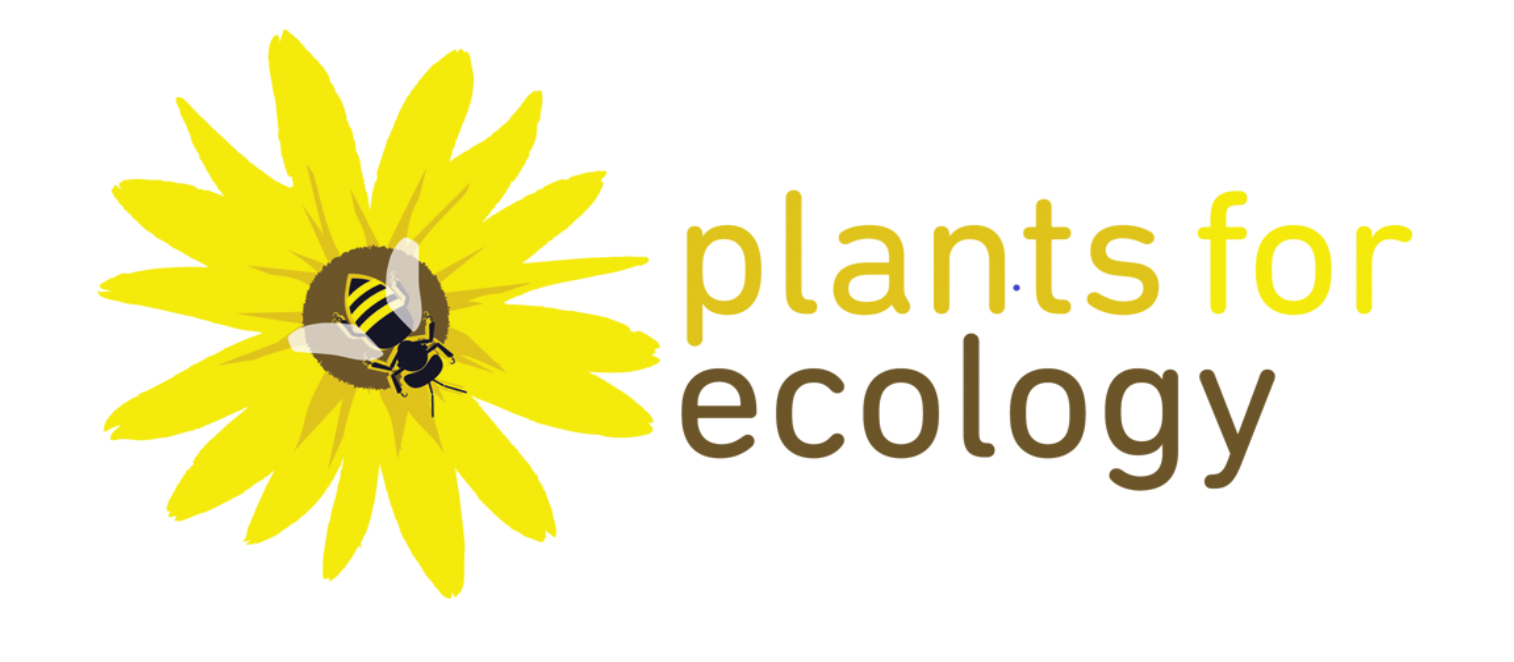What is Ecology?
Ecology is the science of how living things interact with each other and with the elements of their environment. Ecological areas can vary greatly in type, so any planting needs to match the conditions on the ground. Unfortunately, many places have been so incredibly modified that complete restoration is not always possible, so the goal changes to creating the best habitat within the constraints that human development has established. It is very rare in urban and suburban areas to find virgin forests or generally intact ecological remnants. Look up any type of original eco-system like Old growth forest or tall grass prairie one can see how rare it to find them intact even outside of our urbanized spaces. Plants are the foundation of any ecological area or system, and Plants for Ecology sells plants, shrubs and trees whose native range focuses on SE Michigan. I want to supply folks with the plants, the knowledge and the services that will allow them to create a beautiful and diverse ecological habitat where they live.
What are native plants?
Native plants are those plants that have evolved in concert with other species over a long period of time (thousands of years) in a given ecological region. Since they have coevolved, native plants work in historic relationships with other species. Milkweed is a great example, as it is the host plant for the Monarch butterfly and also performs a host of other services for many other species (the provision of nectar and pollen for example). Having evolved together, the removal of one or the other ends that relationship and alters the ecosystem. The same could not be said if Milkweed were planted in Dublin, Ireland.
In contrast, plant species (or any other species for that matter) living outside their native ecological range are said to be adventive or exotic. They have no historic relationship with other species in the region and ,therefore, they harm rather than support the ecology or health of the region. Norway Maple is an example of an exotic species. When grown outside of its native range It does close to nothing beneficial, and there is nothing to keep it in check. It will out-compete native flora but offer nothing in return. Areas populated by exotics become food deserts for the species that rely on native plants. An exotic species that spreads quickly and vastly is termed invasive. Generally it takes time for species to reach this stage which means many people miss the problems they will cause down the road. Anecdotal observations many times lead folks to false conclusions that a species is not invasive.
Giant Ichneumon requires American Beech trees to breed
We have a great knowledge of the native flora of our region, since they were extensively inventoried and scientifically studied from the time of colonization. I will rightly surmise that much of that knowledge was already understood by the Native Americans whose relationship to the natural world was far different from that of the Europeans. It should be noted as well that many of our invasive plants originate from the colonial period and shortly thereafter, and many native species were stigmatized as being inferior to those from abroad.
By planting a diverse selection of native flora (bio-diversity is important!) in your yard, a person is creating a native habitat which will draw nature within its borders. A well designed habitat has the potential to bring in a large variety of species from mammals and birds to pollinators and insects- too many to count. Nature’s dance will play out in your yard, as your habitat grows and matures. This will not happen overnight, and it will take hard work to establish your garden or habitat. Another big factor that impacts the success a habitat is proximity to other natural areas. The closure you are to say a woodland, a river, a forest, a pond or another native planting the better your chances. Plantings that are oases will take longer to establish as viable habitat since is it will be harder for species to get there and there is limited resources. The long term goal of any such plantings is to figure out how to create linkages with other habitat in order to establish a critical mass. Make sure not to forget the addition of water to your habitat as it is essential to the creation of a viable and dynamic landscape.




